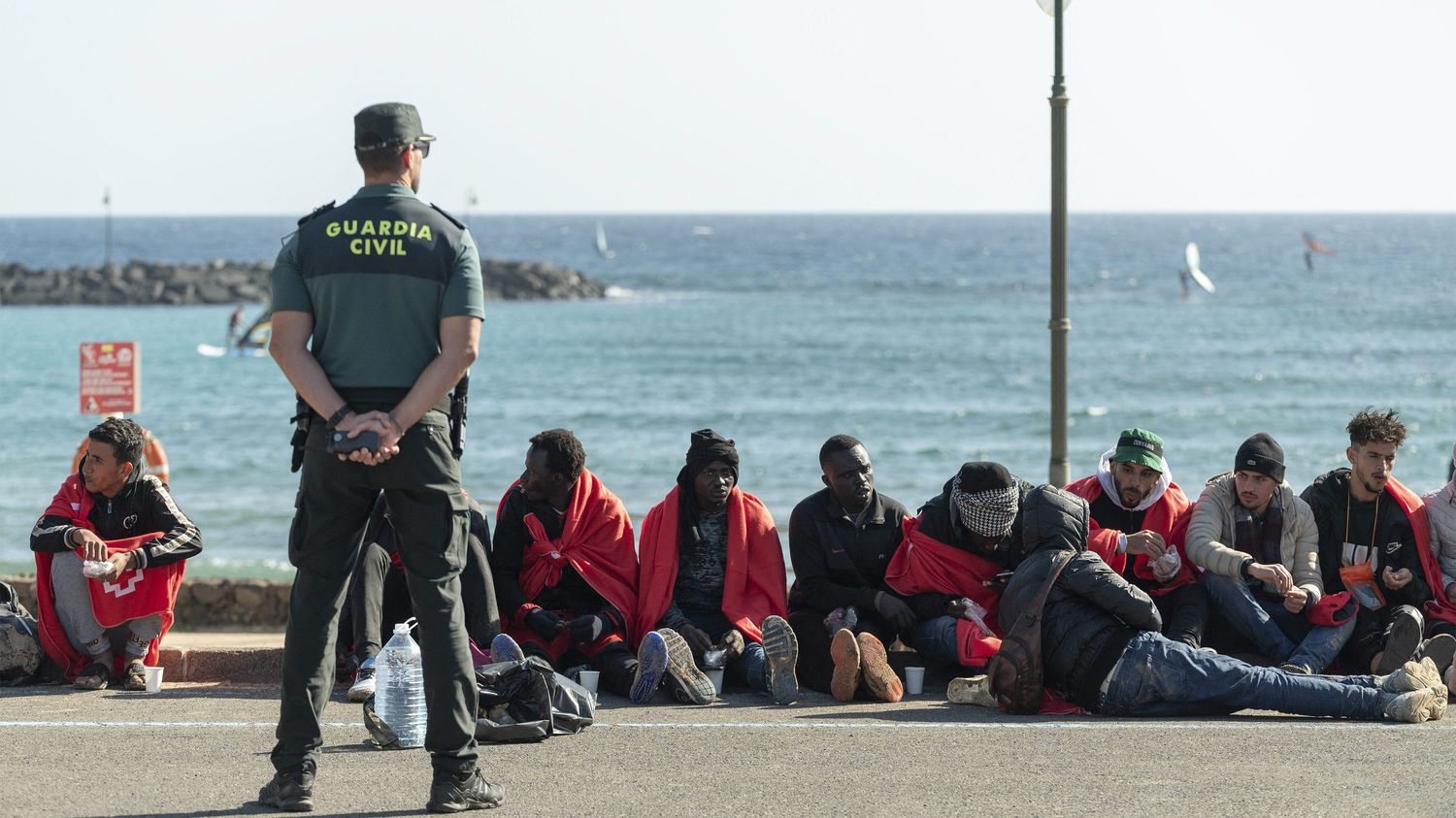The Canary Islands have become the main gateway for migrants to Spain and Europe. These tourist islands are overwhelmed by tens of thousands of people seeking exile. So much so that Spanish Prime Minister Pedro Sanchez is leaving on Tuesday for a three-day trip to West Africa.
Published
Reading time: 2 min

The Canary Islands are experiencing what Italy is experiencing with the island of Lampedusa in the Mediterranean. A massive wave of migrants in a small territory, unable to integrate them. With hundreds of human tragedies as a result. And anger rising among the population.
The numbers are spectacular. Between January 1 and August 15 of this year, more than 22,000 migrants arrived in the Canary Islands, compared to less than 10,000 for the same period last year. More than 120% increase in one year. By the end of 2024, there should be 40,000 or even 50,000 migrants on this string of islands located off West Africa.
This migratory route is nevertheless one of the most dangerous in the world. It has been known to smugglers for over 30 years. But until now it was less used than the Mediterranean because it is extremely risky. Migrants leave from the south of Morocco, Senegal, Mauritania or even Gambia. Crossings that can reach nearly 1,500 kilometers, which last up to several weeks, aboard a traditional fishing boat, without GPS, on the Atlantic Ocean, where the currents are much stronger than in the Mediterranean. This journey is often deadly. A Spanish NGO, Caminando Fronteras, speaks of 33 deaths per day on average, more than 5,000 victims in the first five months of the year.
Despite its danger, the choice of this new migratory route can be explained firstly by the surveillance of the Mediterranean Sea, which has been greatly strengthened in recent years. Many agreements to stem illegal immigration have also been signed with Morocco, Tunisia and Libya. Then political crises have multiplied in West Africa, in Mali, and more recently in Senegal. Covid has also played a role. The economic crisis has pushed tens of thousands of Africans onto the roads of exile.
Spanish Prime Minister Pedro Sanchez will travel to Mauritania, Senegal and Gambia from Tuesday 27 August. With the ambition of reaching new agreements, increasing aid to these countries in exchange for jobs, training and border guards, in order to curb the influx of migrants. However, these agreements are struggling to be implemented. This is Pedro Sanchez’s second trip to Mauritania in six months. In February, Europe and Spain had already provided aid of more than 200 million euros to Nouakchott but without any results.
